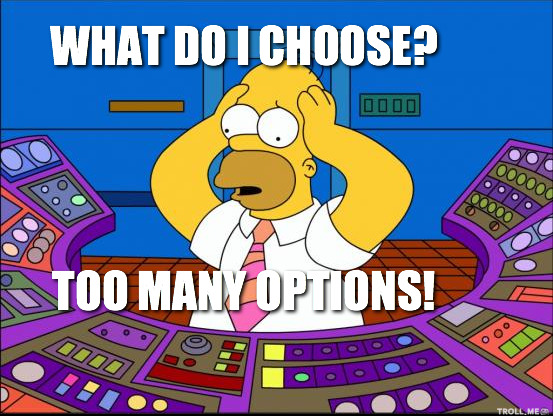
This year I have offered my students an opportunity to produce their written pieces of different genres in Google Slides. Most of them welcomed this new way of writing their reports (cool pictures to insert) or their opinions (it's easy to fix mistakes!). I've gone back and forth on how much support I give to the actual content of the writing. While the form of writing is different, what's put into the writing has not improved. If Susie is not going to elaborate with pencil and paper, she most likely won't just because she is typing on a slide. That will only take place through direct modeling and instruction from the teacher. Even if I had students sharing their slides during writing and gave opportunity for others to give feedback, this would only create hesitation on the part of poorer writers to want to type, and go back to paper and pencil. The 'S' part of SAMR fails if the student feels threatened. In his video "Role of Technology", Skillen says that using the Word Outline in writing gave students a mental model of what needs to be included in certain pieces. He said that a 'cognitive residue' takes place in that augmentation that students could bring with them to pieces completed without Word Outline...students construct that learning in their own minds and are able to transfer it. I can see his point and would think that could be true (here is the 'A' part of SAMR). I have made outlines in my students' Google Slides where they are instructed in the 'notes' section what goes where. I would like to think that if they go back to paper/pencil, they would remember those parts because of cognitive residue. But there have been some instances where they had opportunity to show that, and many students didn't show their writing was enhanced because of using technology. Is true learning not taking place? How can I ensure transfer of knowledge?
When my class got hooked on Pebblego last year in 2nd, they couldn't get enough of it. Even in free time they wanted to get on. You could hear their schemas growing! Technology was greatly enhancing their learning world! But at the same time, the information from Pebblego that they would put in their reports were often taken from the text word for word. So then I would question if they were really learning or just great copiers? Lessons on plagiarism ensued and most of my 7 year-olds really tried not to copy. But my lower students did not change these habits and continued to copy for the sake of having info in their reports. Maybe they were learning, but were not able to transfer it into their own words?
Sometimes, my students don't like having to go on certain websites to practice reading or math. But because our school has paid for the websites, we have to promote use of it. Student learning could still take place, but chances are, it might not be happening. Students become wise in knowing how to get through their lessons, hitting the forward button instead of listening to what's being said. And a check of learning can be falsified when a student takes the assessment several times, after writing down what the wrong answers were in their assessment review. So is learning being enhanced, or are cheating skills just improving? How does a teacher fix that? Is there another app that is better?
I'm not saying that technology is not a positive thing for a classroom. It most certainly is! The world of knowledge at our fingertips is more than we can imagine. I can't imagine teaching in this day and age without technology. Many apps allow great ease in gathering data. Some even analyze it for me! Having the ability to see the outcomes of my students' work so quickly lets me shift instructional focus of their needs. This allows faster enhancement of lessons that hopefully allows for faster enhancement of learning. However, teachers need to make sure that students can demonstrate knowledge and skills. If I have them use Google to write, I want to see that their writing skills have improved. If I have them use a reading app, I want them to be able to share what they have learned in their own words. If they are not loving an app to learn and practice skills, what is the point of using it? Teachers, especially in the elementary realm, need to make sure that what we bring to the student has relevance and actually has positive learning potential for that student. Technology can transform a student's learning, but as teachers, we need to make sure real learning is happening despite the technology. If learning is not enhanced, do we go back to the basics for that student? I think we do. They obviously need further support. Their use of technology should demonstrate the most basic of skills. This was so even in the paper/pencil stage. Demonstration of knowledge is demonstration of knowledge...no matter the avenue in which they choose to demonstrate it. Technology and the teacher are now a close-knit pair that will work together to ensure student engagement and growth.

